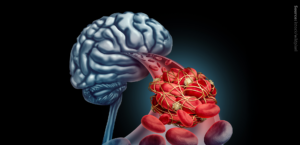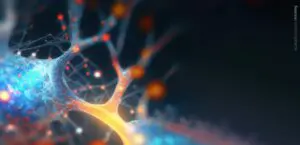Structure. Phosphosphingolipids belong to the sphingolipids. Their structure consists of a ceramide backbone linked to a phosphorylated “head” group, such as phosphorylcholine or phosphorylinositol. The ceramide backbone of phosphosphingolipids contains a hydrocarbon chain termed long-chain base; one fatty acid is linked to the ceramide.
Function. Phosphosphingolipids may be found in some bacteria but are present in most eukaryotes such as animals, plants, and fungi. The specific phosphosphingolipid classes to be found depend on the type of organism. Sphingomyelins (SM) are mainly present in animals where they serve as a major source of ceramides and are vital to the formation of lipid rafts, subdomains of the cell membrane.
Inositolphosphorylceramides (IPC) occur in lipid rafts of plants, fungi, and some bacteria where they replace sphingomyelins. Their mannosyl-glycosylated forms (MIPC and M(IP)2C) are common in yeast and required for membrane protein localization. Ceramide phosphoethanolamines (CerPE) are the sphingomyelin analogue of insects and some bacteria.



